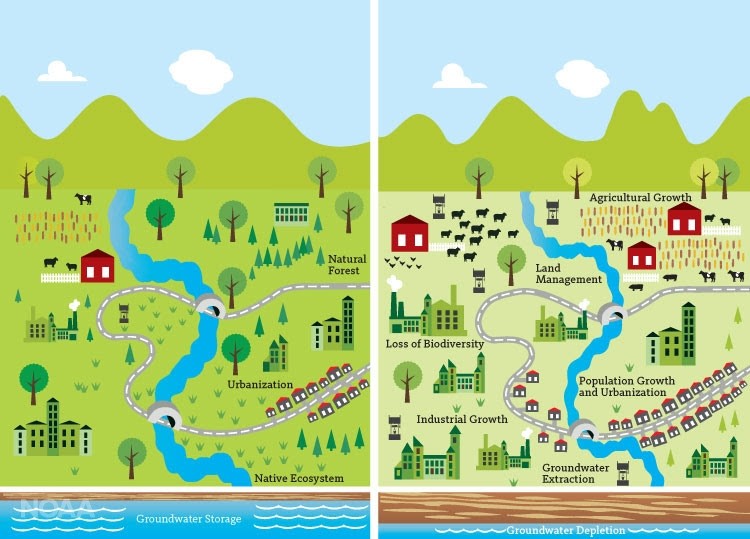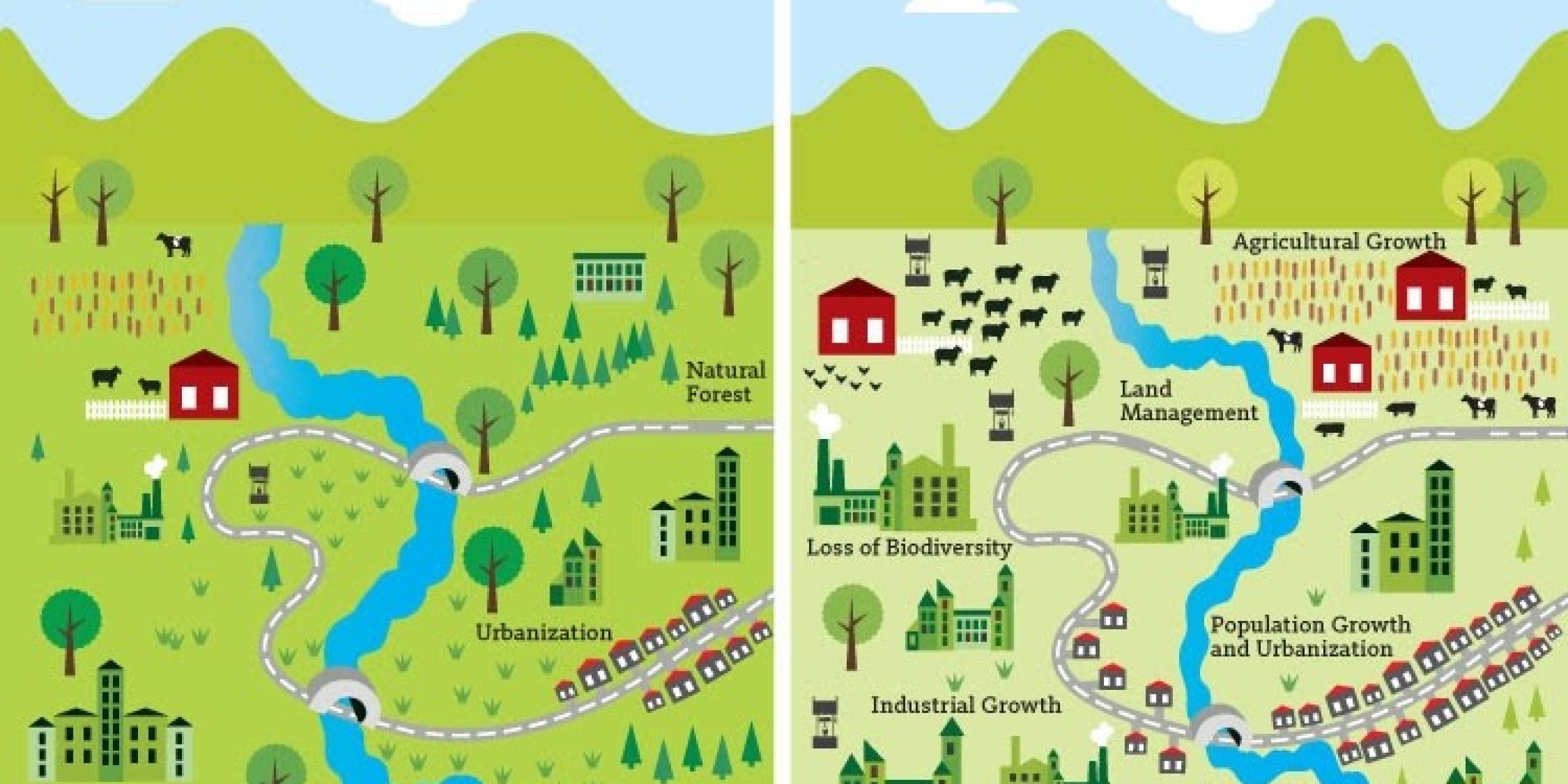

The most commonly used drought definitions are based on deficits in precipitation and runoff. However, in a recent study, supported by the National Integrated Drought Information System (NIDIS) through CPO’s Modeling, Analysis, Predictions, and Projections (MAPP) program, researchers suggest that within human‐water systems, drought must be defined and understood as the complex and interrelated dynamics of both natural and human‐induced changes. The study, “Anthropogenic Drought: Definition, Challenges, and Opportunities,” was led by the University of California, Irvine and published in the journal Reviews of Geophysics.
The researchers describe, for instance, how droughts are affected by local decisions about water and land use in addition to global conditions such as greenhouse gas levels and climate change. This anthropogenic drought definition encourages scientists to think of drought as a process with contributing factors, effects, and feedbacks rather than as a final product. By understanding how droughts develop as processes, scientists will be able to more accurately predict droughts, the authors suggest, allowing decision-makers to respond appropriately and sustainably.



